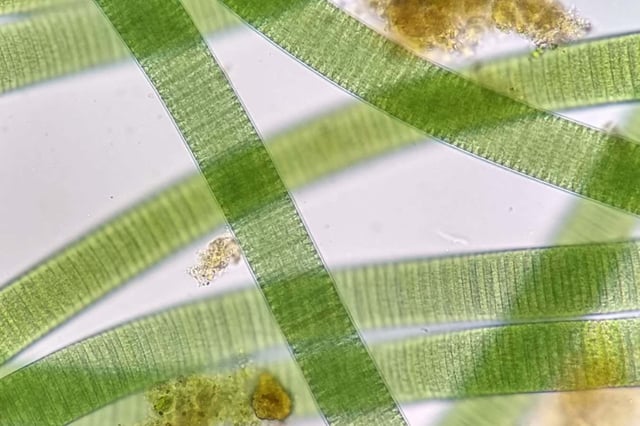Overview
- Researchers have discovered 1.75 billion-year-old fossils of cyanobacteria, Navifusa majensis, in northern Australia, which contain the oldest known photosynthetic structures, thylakoids.
- The discovery extends the fossil record of such internal membranes by at least 1.2 billion years, indicating that oxygenic photosynthesis evolved at least 1.75 billion years ago.
- The cyanobacteria fossils were also found in the Grassy Bay Formation in Canada and the Bllc6 formation in the Democratic Republic of the Congo.
- The presence of thylakoids in these ancient bacteria provides insights into the evolution of photosynthesis, a fundamental life process on Earth.
- The findings could help understand the Great Oxidation Event, a point in Earth's history when oxygen production significantly increased, potentially due to the emergence of photosynthetic organisms.


